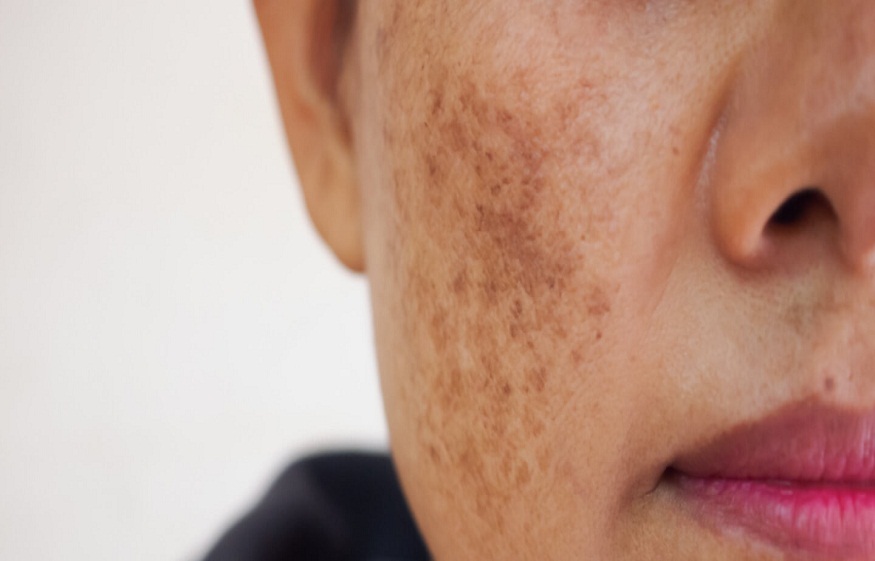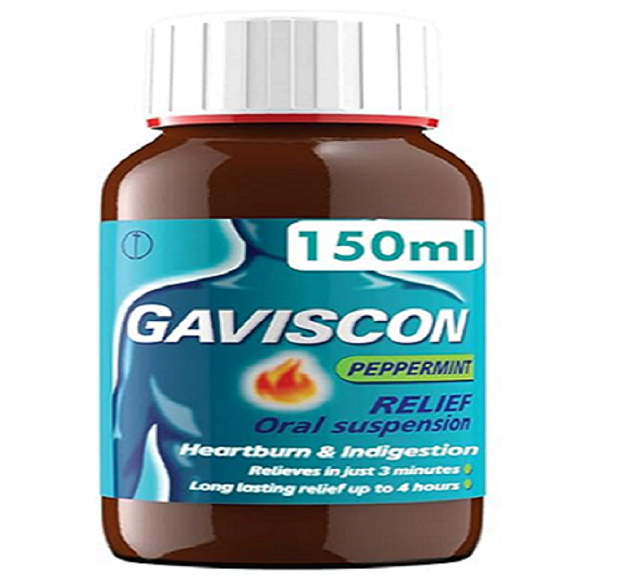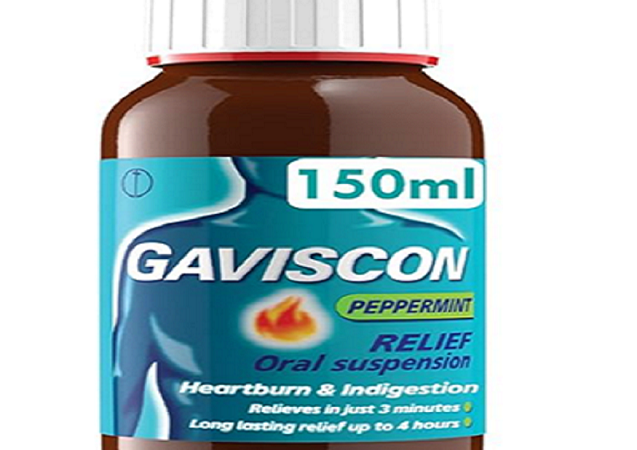Melasma, also known as chloasma or mask of pregnancy, is a common skin condition characterized by brown spots on the face, particularly on the cheeks, bridge of the nose, forehead and upper lip. These spots can also appear on other parts of the body exposed to the sun, such as the forearms. In this article, we will explore the causes of melasma, the types of melasma, and the treatment options available.
Causes of melasma and dark spots
Dark spots are mainly caused by prolonged and repeated exposure to the sun’s ultraviolet (UV) rays. When the skin is exposed to UV rays, melanocytes, the cells responsible for skin pigmentation, produce an excessive amount of melanin, leading to increased skin pigmentation. This is what happens when you tan in the sun, giving an even tan that acts as a natural protection for the skin. However, pigmentary abnormalities may occur, manifesting as brown spots of hyperpigmentation.
Melasma, the most common type of dark spots, is often associated with hormonal imbalances seen in certain situations, such as pregnancy or taking birth control pills. Pregnant women may develop melasma due to hormonal changes that occur during pregnancy. Hormones may also play a role in the appearance of melasma in people with dark or dark skin.
Types of melasma
Epidermal melasma is the most superficial and is characterized by increased skin pigmentation in the upper layer of the skin (epidermis). Dermal melasma is characterized by increased pigmentation of the skin in the second layer of the skin (the dermis).
Treatment of melasma and dark spots
It is important to note that there is no effective cure for dermal melasma. However, epidermal melasmas can be treated with various treatment options.
1. Depigmenting creams
Depigmenting creams available in pharmacies can reduce epidermal melasmas. They contain active ingredients such as vitamin C, azelaic acid, kojic acid and retinoic acid, which inhibit melanin synthesis. However, it is important to note that hydroquinone, which is effective against melasma, can only be obtained with a doctor’s prescription and must be prepared by a pharmacist.
2. Microneedling
Microneedling is a promising therapeutic method for the treatment of melasma. This technique involves creating small punctures in the skin using fine needles, which promotes the production of collagen and elastin. Studies have shown that microneedling can help reduce melasma-related hyperpigmentation.
3. Cryotherapy
Cryotherapy, which involves applying cold to dark spots, has also been used to treat dark spots for a long time. However, this method can leave white marks on the skin because the cells responsible for skin pigmentation are sensitive to cold.
4. Laser
Laser treatment is one of the most effective options for epidermal melasma. The laser destroys melanocytes by photothermolysis, which reduces skin pigmentation. It generally takes 2 to 3 sessions spaced 6 weeks apart to obtain satisfactory results. It is important to properly prepare the skin with depigmenting creams before laser treatment and to protect the skin from the sun before and after sessions.
5. Depigmenting peeling
The average medical peel can be used to treat melasma. This type of peel penetrates to the superficial part of the middle dermis. To obtain optimal results, it is important to prepare the skin with depigmenting creams, protect the skin from the sun before and after the peel, and follow several sessions at regular intervals.
6. Photomodulation by LED lamp
LED photomodulation is often used in addition to other treatments, such as microneedling, peeling and laser. This technique works on the texture of the skin and can help reduce inflammation associated with certain skin conditions.
Prevention of melasma and dark spots
Prevention is essential to avoid the appearance of melasma and brown spots. Here are some tips to protect your skin:
Use a broad-spectrum sunscreen with a high SPF and reapply it every two hours, especially during prolonged sun exposure.
Conclusion
Melasma and dark spots can be concerning, but there are effective treatment options to reduce their appearance. Whether you opt for depigmenting creams, microneedling, cryotherapy, laser, peeling or LED lamp photomodulation, it is important to consult a healthcare professional specializing in skin treatment to determine the best approach for your specific case. At My laser we specialize in the treatment of melasma and brown spots.










